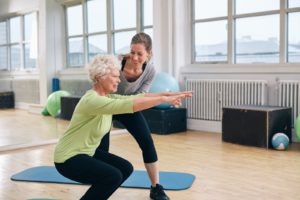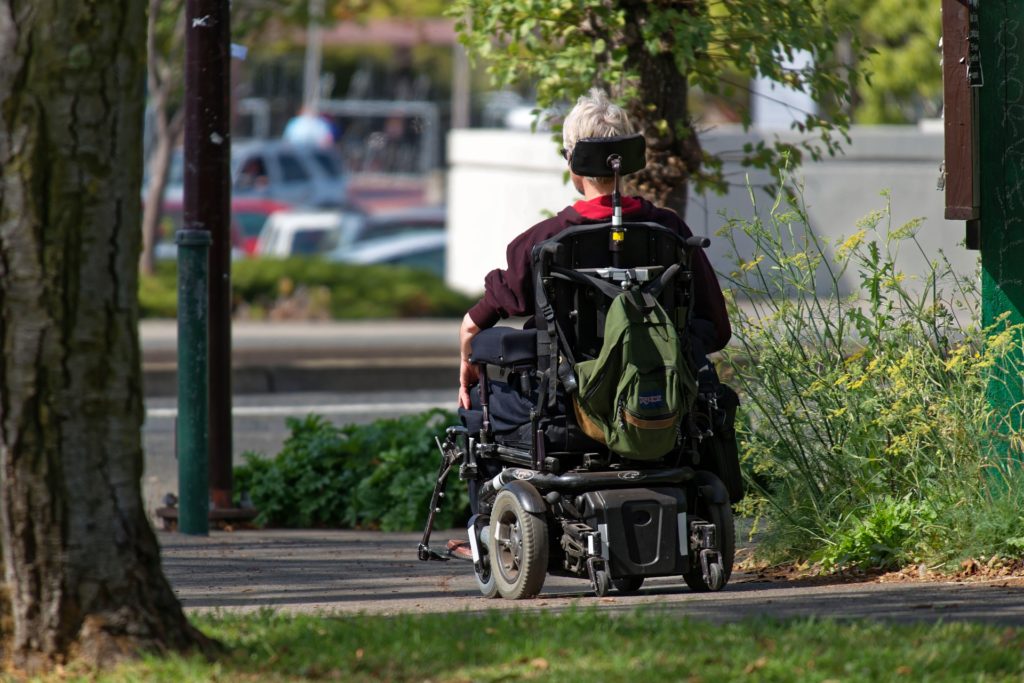
October is National Physical Therapy Month and the perfect time to focus on the benefits of physical therapy, especially for seniors. Physical therapy provides a fantastic way for seniors to recover from injuries and continue to enjoy optimal health and quality of life. Keep reading to learn more about the many benefits of physical therapy.
Why Do We Need Physical Therapy
From providing relief for chronic pain and arthritis to encouraging healing from injuries and surgeries, physical therapy is an effective way to manage pain without using opioids, which often have unpleasant or even dangerous side effects. However, even if your senior loved one hasn’t experienced chronic pain or a major surgery, physical therapy is still a great way to ensure that they maintain their fitness level as they age, preventing injuries and perhaps even avoiding surgeries. For many seniors, it is an effective way to gain strength and balance, as well as a renewed sense of confidence. Physical therapy can help ensure that your senior loved one can continue to live an independent life. Even seniors that have a low activity level can benefit from a physical therapy regimen.
The aging process has an abundance of normal physical changes, such as bone loss, loss of balance and decreased mobility. Taking on a new exercise program can feel like a daunting – or even unsafe – task for seniors. A physical therapist can design a gentle at-home physical therapy regimen that promotes and builds flexibility, balance and mobility.
Fitness Tips for Seniors
According to the American Physical Therapy Association, working with a physical therapist can help seniors prevent a wide range of concerns and health problems, such as obesity, injuries from over-exercising and loss of balance, muscle mass and flexibility. Getting older doesn’t mean that your senior loved one has to succumb to a sedentary lifestyle, and staying fit should be a normal, intentional part of their daily routine. Here are a few fitness tips for seniors who want to remain active.
-
- Pay attention to your body. It’s okay to challenge your body, but you should not exercise at a level that feels overly exerting.
-
- Warm up and cool down before exercise. It is important for seniors to prepare their bodies before working out, and it’s necessary to ensure that the heart rate returns to normal after the workout is complete.
-
- Drink plenty of water. Make an effort to stay hydrated; even if you don’t feel thirsty, it’s important to drink water during exercise.
-
- Pay attention to the weather. Do not exercise outdoors if it is extremely hot or extremely cold.
-
- Modify your activities as necessary. Even if you have a good level of overall fitness, you may have to modify your exercise routine as you age. For example, runners may develop knee problems, requiring them to switch to a lower impact form of exercise.
-
- Incorporate a variety of exercises. Your exercise routine should include light strength training and promote cardiovascular health, flexibility and balance.
Physical therapy provides a wonderful non-invasive alternative for pain management. Working with a physical therapist can help your senior loved one recover from hospitalizations, enjoy relief from chronic pain and maintain their independence. Interested in learning about Sagepoint Rehabilitation? Click here.
[wp_blog_designer]












 Equal Housing Opportunity
Equal Housing Opportunity